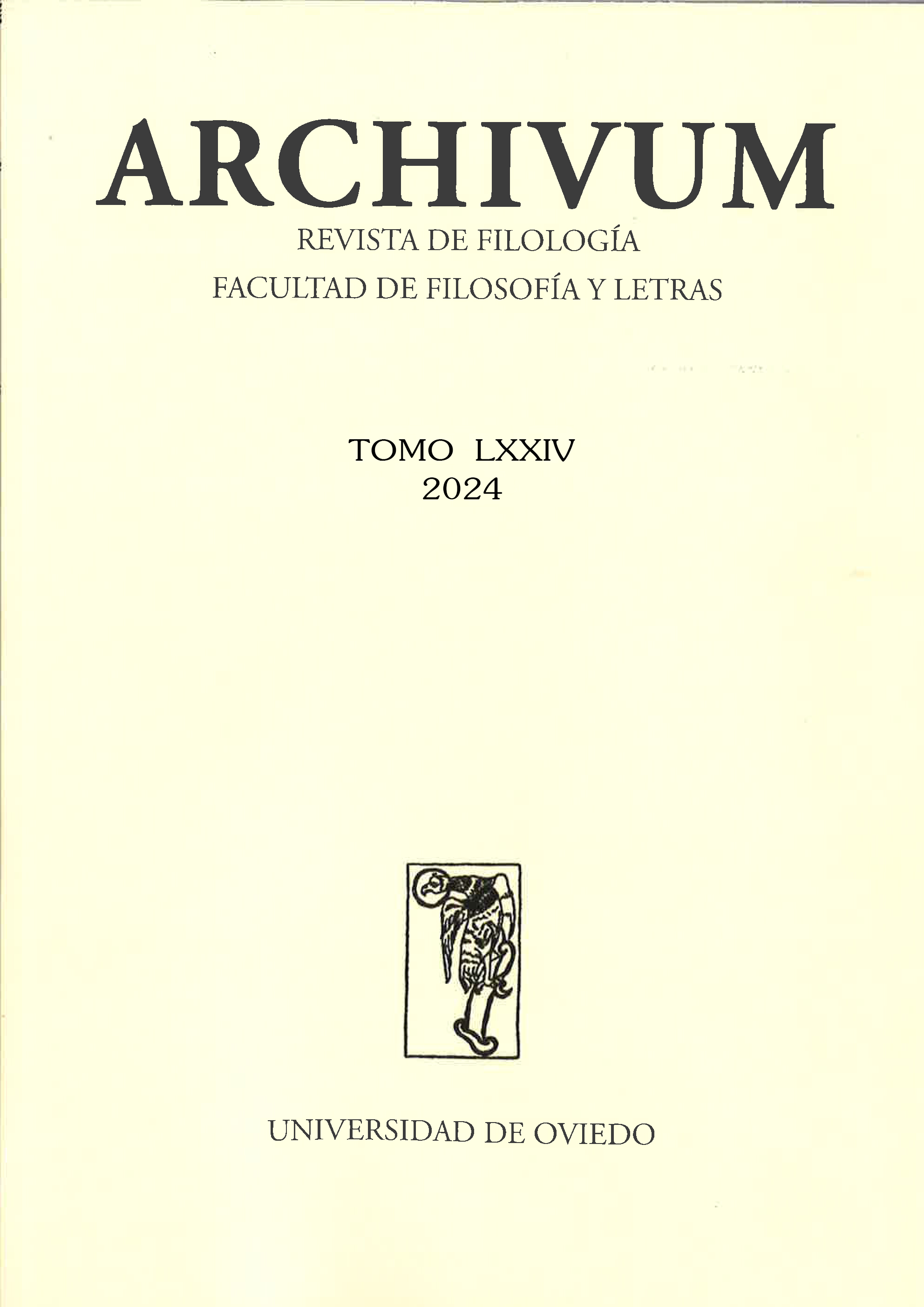Resumen
La crisis ambiental actual en torno al agua ha generado una urgencia entre los creadores de teatro para encontrar mejores métodos que reimaginen la relación entre los seres humanos y el agua en el drama y las representaciones teatrales. El teatro ha interactuado activamente con la idea del agua a lo largo de los siglos de formas únicas. Este artículo tiene como objetivo utilizar la ecocrítica material, así como las teorías de Joanna Zylinska, para examinar cómo se representa y se presenta el agua como una forma no humana, y para analizar cómo el agua se configura como una forma de poder y conflicto en Riders to the Sea (1911) de J.M. Synge, Water (2007) de David Farr, A History of Water in the Middle East (2019) de Sabrina Hahfouz y Afloat (2021) de Eva O'Connor y Hildegard Ryan. La ecocrítica material resulta adecuada para estudiar el agencialismo del agua debido al comportamiento metamórfico de este elemento natural. El análisis también resalta las representaciones tradicionales y no tradicionales del agua en el escenario teatral, invitando al público a considerar las representaciones dramatúrgicas de la agencia de lo no humano. Las obras de teatro seleccionadas ayudan a trazar la evolución de la representación de este recurso natural a lo largo de ciento diez años y crean discusiones provocadoras que reabren caminos de investigación sobre la relación entre el agua y el ser humano. El estudio sostiene que el teatro desempeña un papel clave en la representación de la reformulación del significado literal y la comprensión de elementos ecológicos como el agua en el siglo XXI.
Citas
Arons, W., & May, T. J. (2012). Readings in Performance and Ecology. Palgrave Macmillan. Retrieved March 3, 2024, from https://link.springer.com/book/10.1057/9781137011695
Barad, K. (2007). Meeting the Universe Halfway: Quantum Physics and the Entanglement of Matter and Meaning. Duke University Press.
Braidotti, R. (2017). Four Theses on Posthuman Feminism. In R. Grusin, Anthropocene Feminism (pp. 21-48). University of Minnesota.
Brian, K. (2023). Staging the End of the World: Theatre in a Time of Climate Crisis. Bloomsbury Publishing.
Buell, L. (1995). The Environmental Imagination: Thoreau, Nature Writing, and the Formation of American Culture. Harvard University Press.
Cleaves, P.T. (2024). Empowering the student as theatre maker: A new rich-knowledge Theatre A level. Doctor of Philosophy (PhD), University of Surrey https://doi.org/10.15126/thesis.901101
Coole, D., & Frost, S. (2010). “Introducing the New Materialisms.” New Materialisms: Ontology, Agency, and Politics (pp. 1-43). Duke University.
Evernden, N. (1996). “Beyond Ecology: Self, Place, and the Pathetic Fallacy.” The Ecocriticism Reader: Landmarks in Literary Ecology (pp.92-104). Edited by Cheryll Glotfelty and Harold Fromm, University of Georgia Press.
Gosselin, S., & gé Bartoli, D. , D. (2022). La condition terrestre: Habiter la Terre en communs. Seuil.
Kennedy, J. (2004). "Sympathy between man and nature" Landscape and Loss in Synge's Riders to the Sea. Interdisciplinary Studies in Literature and Environment, 11(1), 15-30. Oxford University Press https://www.jstor.org/stable/44086223
Latour, B. (2004). Politics of Nature: How to Bring the Sciences into Democracy. (C. Porter, Trans.) Harvard University Press. Retrieved January 6, 2024, from https://doctoradohumanidades.wordpress.com/wp-content/uploads/2015/04/latour-politics-of-nature.pdf
Linton, J. (2010). What is Water? A History of a Modern Abstraction. University of British Columbia Press.
Luisetti, F. (2023). Nonhuman Subjects An Ecology of Earth-Beings -Elements in Environmental Humanities. Cambridge University Press.
Mosse, R., & Street, A. (2022). To Be Like Water: Material Dramaturgies in Posthumanist Performance. Journal of Contemporary Drama in English, 10(1), 116-132. Retrieved October 12, 2023 from https://refubium.fu-berlin.de/handle/fub188/35484
Peters, J. D. (2015). The Marvelous Clouds: Towards a Philosophy of Elementall Media. University of Chicago Press.
Plunka, Gene.(1988). "Synge's Homage to Paganism in Riders to the Sea." Éire-Ire- land: A Journal of Irish Studies 23, 128-42.
Starosielski, N. (2012). "Beyond Fluidity: A Cultural History of Cinema Under Water." In S. Rust, S. Monani, & S. Cubitt, Ecocinema Theory and Practice (pp. 149-68). Routledge.
Synge, J.M. (1911). Riders to the Sea. John W. Luce and Company
https://www.uobabylon.edu.iq/eprints/publication_3_10878_471.pdf
Zylinska, J. (2020). Waterkino and Hydromedia: How to Dissolve the Past to Build a More Viable Future. In R. Harrison, & C. Sterling, Deterritorialising the Future: Heritage in, of, and after the Anthropocene. (pp. 220-243). Open Humanities. Retrieved November 20, 2023, from https://research.gold.ac.uk/id/eprint/29132/1/zylinska-hydromedia-and-waterkino.pdf

Esta obra está bajo una licencia internacional Creative Commons Atribución-NoComercial-SinDerivadas 4.0.


